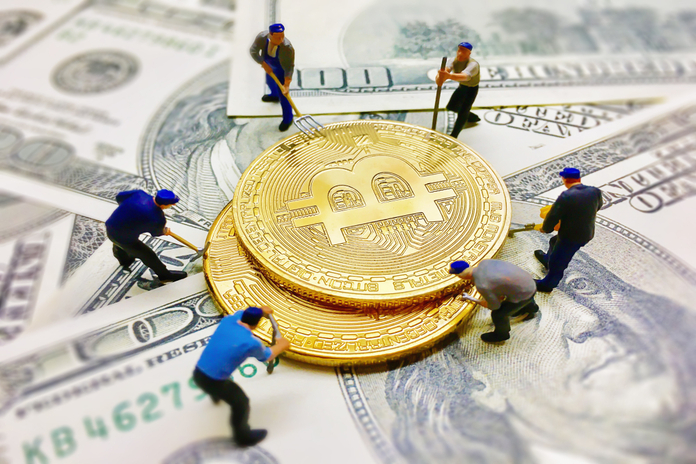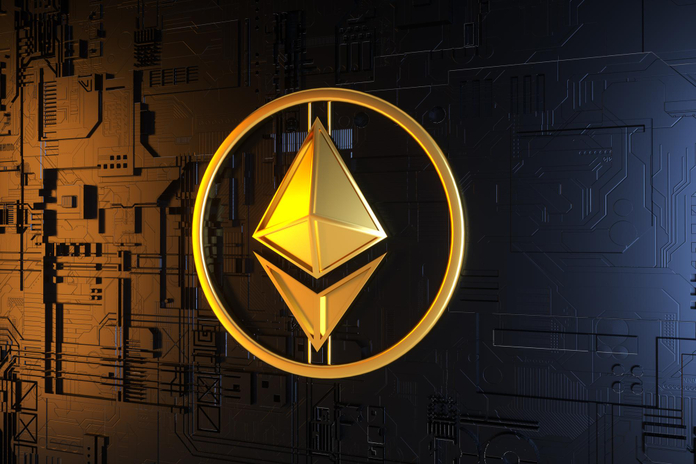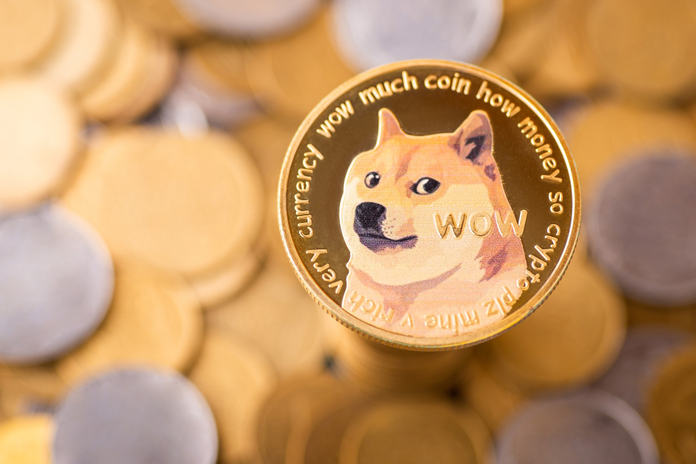Riot Platforms Makes $950 Million Offer to Acquire Bitfarms

Riot Platforms Inc. (NASDAQ:RIOT) has made an unsolicited $950 million bid to acquire Bitfarms Ltd. (NASDAQ:BITF), following the smaller Bitcoin miner’s rejection of a previous takeover proposal last month.
Riot offered $2.30 per share in cash and stock for Bitfarms, representing a 20% premium over Bitfarms’ trading price before Riot’s initial April offer, which was privately submitted to the board.
Riot has accumulated a 9.25% stake in Bitfarms, becoming its largest shareholder, according to a statement on Tuesday that confirmed an earlier Bloomberg News report.
Citing recent management turnover at Bitfarms as evidence of corporate governance issues, Riot announced plans to call for a shareholder vote to add new directors to Bitfarms’ board.
This bid is part of a trend of consolidation in the cryptocurrency mining sector, spurred by a Bitcoin code update known as “the halving,” which is expected to reduce revenue for miners significantly. Large-scale mining companies are seeking acquisitions to expand their operations and adapt to the industry’s evolving economics.
If successful, the merger would create the world’s largest Bitcoin miner based on projected computing power growth, significantly increasing Riot’s Bitcoin production capabilities alongside major players like Marathon Digital Holdings Inc. (NASDAQ:MARA) and CleanSpark Inc. (NASDAQ:CLSK).
Bitfarms shares rose 3.3% in Toronto on Monday to C$2.86, approximately $2.10 USD, giving the company a market value of about $750 million. Riot’s shares rose 4% in New York on Friday, with a market capitalization of around $3 billion.
Management Changes
The potential deal follows Bitfarms’ dismissal of interim CEO Geoffrey Morphy, who has filed a lawsuit against the company seeking $27 million in damages for breach of contract.
Riot’s offer, made on April 22, was rejected by Bitfarms’ board without engaging in substantive discussions, according to Riot. Under the proposed terms, Bitfarms shareholders would own approximately 17% of the combined entity.
Riot also plans to request a special shareholder meeting to consider appointing new independent directors after Bitfarms’ annual meeting on May 31.
Featured Image: Freepik



